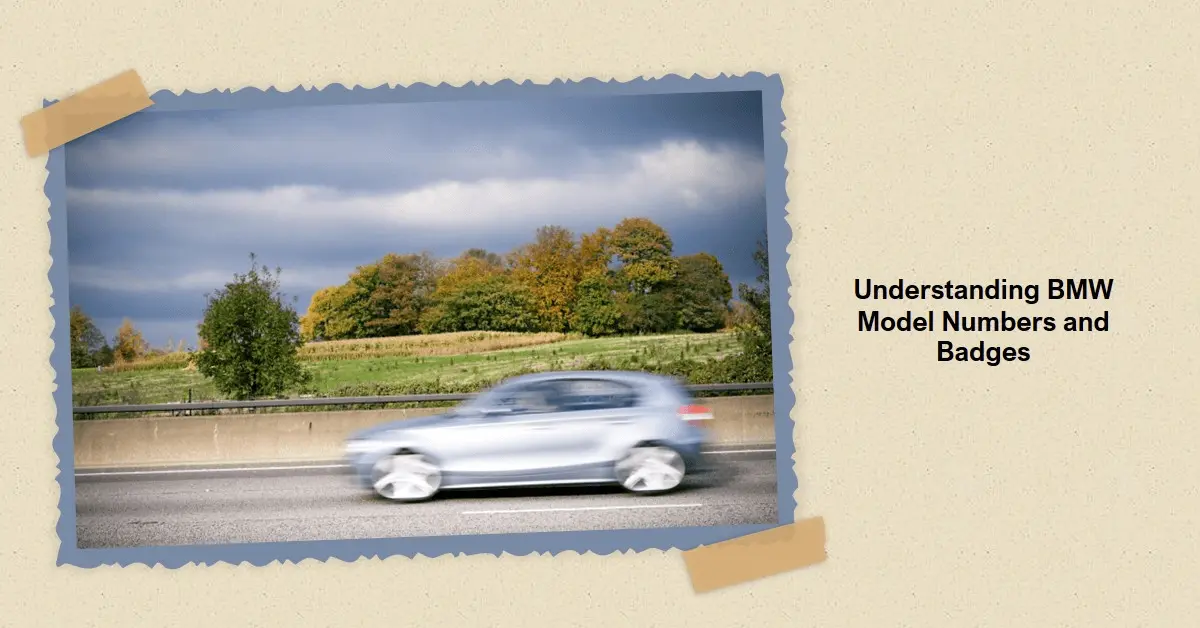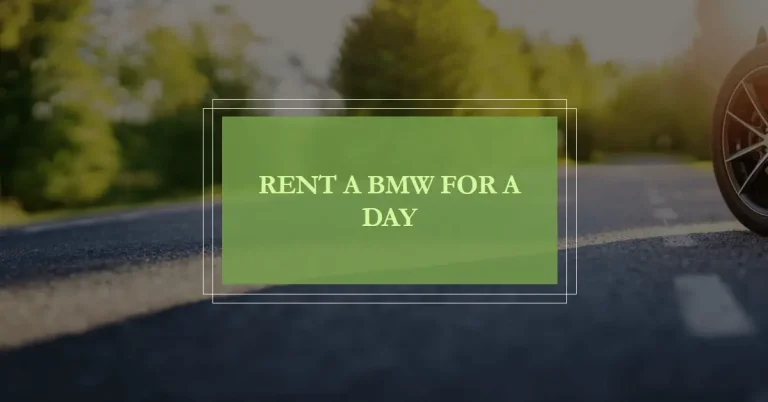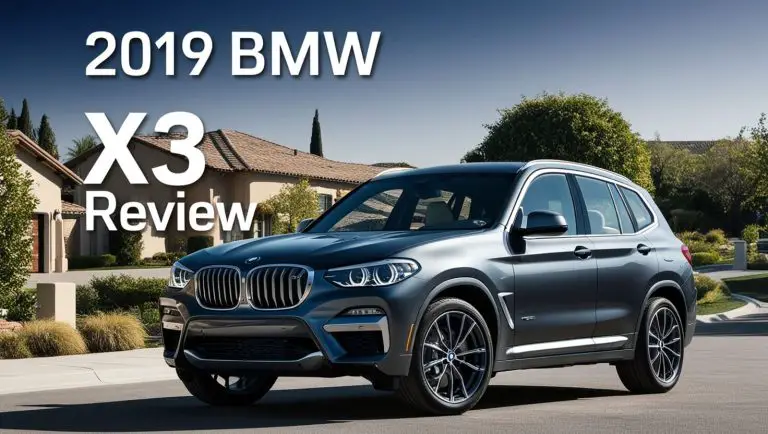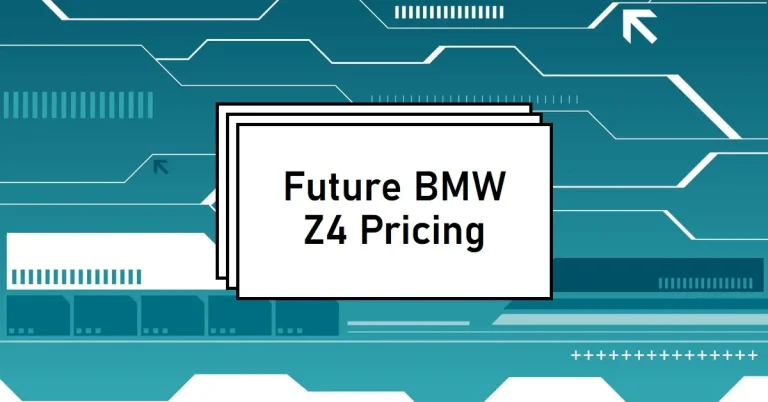Decoding BMW Model Numbers and Badges Explained
Have you ever wondered what all those numbers and letters in BMW model names mean? With series ranging from 1-8 and variants like Gran Turismo, Alpina, and M muddling matters further, BMW nomenclature can be confusing to decode.
This comprehensive guide breaks down the meaning behind BMW model numbers and naming conventions. Read on to learn how to interpret BMW badges and specifications based on codes like 328i, M340i xDrive, and X5 M50i.
BMW Series Numbers
The first number in BMW model badges corresponds to the vehicle’s Series classification. This digit indicates size, body style, and position within the BMW lineup:
- 1 Series – Smallest BMW cars available as hatchbacks, coupes and convertibles
- 2 Series – Compact coupes and convertibles
- 3 Series – Compact luxury sedans, wagons, coupes and convertibles
- 4 Series – Compact executive coupes, convertibles and Gran Coupes
- 5 Series – Midsize luxury sedans and wagons
- 6 Series – Midsize luxury coupes, convertibles and Gran Coupes
- 7 Series – Full-size luxury sedans
- 8 Series – Full-size luxury coupes (discontinued)
Typically, odd numbers denote four-door sedans while even numbers indicate two-door coupes and sports cars. As the leading number rises, both size and prestige increase.
Engine Power Numbers
In early BMW models, the second two digits designated the engine’s literal displacement in liters. For example, the legendary BMW 528i featured a 2.8L straight-six motor.
Today, these numbers represent “virtual displacement” – a proprietary BMW metric linking badge digits to engine output. A 45, 50 or 55 badge corresponds to ~300kW, 250kW or 225kW respectively. Generally, a higher index number equates to more horsepower.
So while a 540i no longer packs a 4.0L engine, it does generate more power than lower numbered stablemates like the 530i or 520i.
Fuel and Power Sources
The final letter(s) in BMW nomenclature indicate the vehicle’s fuel and powertrain configuration:
- i – Gasoline engine
- d – Diesel engine
- e – Hybrid/plug-in hybrid
- sDrive – Rear-wheel drive
- xDrive – All-wheel drive
For example, a 530d features a 3 Series diesel sedan with rear-wheel drive, while an X3 xDrive30i denotes an all-wheel drive SUV with a gasoline engine.
BMW’s new i sub-brand also denotes battery electric vehicles (BEVs) like the iX and i4.
Body Styles and Variants
In addition to numbers and powertrain codes, BMW model names often include descriptors denoting distinct body styles, tuning variants or positioning:
- Gran Coupe – Two-door coupes with stretched wheelbases and rear doors for additional interior room. Examples include the BMW 4 Series Gran Coupe.
- Gran Turismo – Sedans with extended rear cargo space and wagon-like profiles. See the BMW 5 Series Gran Turismo.
- Alpina – Ultra-high performance vehicles outfitted by tuning company Alpina. The BMW ALPINA B7 sedan reaches 60 mph in 3.5 seconds.
- M / M Performance – Motorsport-derived vehicles injecting track aggression into street cars, like the legendary M3 sedan and M340i coupe.
So while BMW naming conventions may seem complex at first glance, common badges like those above unlock each model’s lineage and specifications at a glance.
Other BMW Codes and Letters
Beyond fundamental specs related to series, engines and powertrains, BMW has employed various other letter combinations over the years:
Ci
Originally denoting coupes and convertibles when BMW lacked designated even-number model lines for two-door vehicles. For example, the E36-generation BMW 323i Ci model produced from 1998-2000.
GT
Gran Turismo. Currently indicates hatchback models with extra cargo room versus traditional sedans. See the 6 Series Gran Turismo fastback.
L
Long wheelbase versions of BMW sedans boasting extended rear legroom and smoother rides. Models such as the Chinese market BMW 530Li.
ti / tii
Turismo Internazionale (International Touring). Sport-themed injection models dating back to the iconic 2002 ti of the 1960s and 70s. Also indicating upgraded interior trims. Recently revived with the 2022 BMW 128ti hot hatch.
Decoding BMW Names
Let’s examine how BMW naming conventions come together in practice by decoding a few famous model codes:
BMW 328i
- 3 Series – Compact luxury sports sedan
- 28 – 2.0L TwinPower Turbo 4-cylinder engine
- i – Gasoline injected engine, rear-wheel drive
So the BMW 328i indicates a classic 3 Series sedan with a 2.0L turbo engine and gasoline fuel injection routed to the rear wheels. Easy!
BMW M340i xDrive
- 3 Series – Compact luxury sedan
- 40 – High performance turbo 6-cylinder engine
- i – Gasoline injected
- M – Motorsport tuning upgrades
- xDrive – All-wheel drive
Thus, the flagship BMW M340i xDrive couples a hot-rodded straight six with BMW’s famed AWD system. Truly the ultimate driving machine!
BMW X5 M50i
- X5 – Midsize SAV (Sports Activity Vehicle)
- 50 – 375kW turbo V8 performance
- i – Gasoline fuel injection
- M – Motorsport upgrades
- xDrive – All-wheel drive
Deciphered, the X5 M50i provides a twin-turbo V8 pumping out 523 horsepower through all four wheels – essentially a luxury supercar in SUV form!
Conclusion
Whether you’re researching your next new car or decoding the specifications of a BMW at a glance, this guide equips you with the tools to interpret unique BMW naming conventions spanning models, engines, variants and more. While complex at first, they elegantly telegraph key information to distinguish a 520i from an M3 Competition xDrive in seconds.
So next time you ponder the meaning behind a 328i badge or an Alpina B7 sedan, consult the handy decoding references above. With this new fluency in BMW-speak, you can flex your insider knowledge and appreciate these Ultimate Driving Machines in an entirely new dimension!







